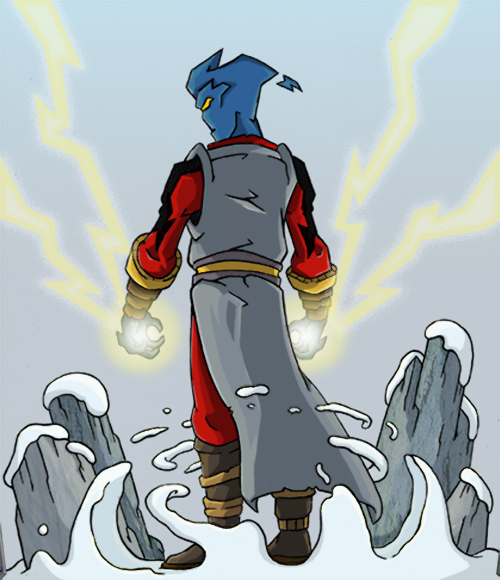The written word of a well-crafted story creates beautiful images in our imaginations. A skillfully drawn or painted piece of art can evoke emotion and wonder. However, when pictures and writing combine, they create an artform unto itself. What I’m talking about here are comics, and they are full of unlimited possibilities. This unique combination allows the reader to experience both received and perceived information all at once and gives them the unique experience of interpreting on multiple planes. What do I mean by that? I mean that comics allow us to see, hear, smell, taste, and feel the story. No other art form does that—that’s why comics are so absorbing. But, how do they do it? How are all of our senses engaged when we read them? Through the use of a specific and deliberately placed line. Yes, a line! Here’s how it works.
We use the language of symbols and icons in our everyday lives—a language that our letters and numbers are a part of. Pictures have always had meaning to us. We know what a circle with a red line through it or a solid red octagon means, and there doesn’t have to be a word on it. The same premise is used in comics. Let’s start with the panel.
The panel is where the magic happens; it’s where the whole world of the story is contained. Any shape and line configuration can be used to help convey the sought-after information. The breaks between panels are of great importance. These little gaps have infinite meaning and represent time. Seconds to millennia can pass, and this is where the reader gets to fill in the blanks. Someone could die in that little bit of space, or decades could be skipped. The reader gets to interpret what the author has intended and put their own perspective twist on it.
Let’s get into the meat and bones of how a story is told. A simple mark on the paper carries its own symbolism. This is where our whole body can participate because our eyes recognize the meaning behind the line. If you think of a swirl, a squiggle, an angle, or a straight line, what kind of emotions come into play? What if the lines are broken or diffused, soft or bold, thick or thin? There’s a world of meaning in the different combinations. For example, a jagged line that’s bold, broken, and splayed can represent anger whereas a curved line that is soft and diffused can represent intimacy. There’s an endless amount of combinations that can be created, each carrying with it a precise meaning that our brains elucidate.
By the time the words in the panels hit us, we may no longer need them because the meaning of the images is so strong. In fact, the sign of good visual storytelling is to be able to understand the story even if the words aren’t there. The use of words in comics is like condiments on a sandwich. They add to the flavor, but they’re not what you want a whole mouthful of. If you look at the picture below, you can clearly see what’s going on in the story. The words were purposely left off to illustrate that the panels can stand on their own. However, the words add a little bit of kick to cement the story line.

Artist Aaron Humphres
The fun thing about comic art is that, as a reader, your interpretations can be subtle and—because the artist is a skilled craftsman—you may never need to wonder about the lines used because you will simply understand. Finding the balance between pictures and words is the sweet spot in telling an effective story. Of course, sometimes the artist and author don’t always hit the nail on the head, but the mistakes may add charm to the story being told.

